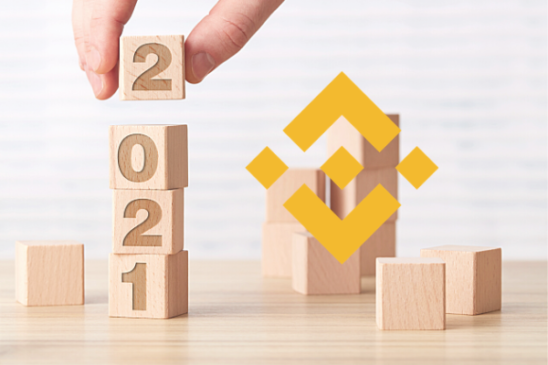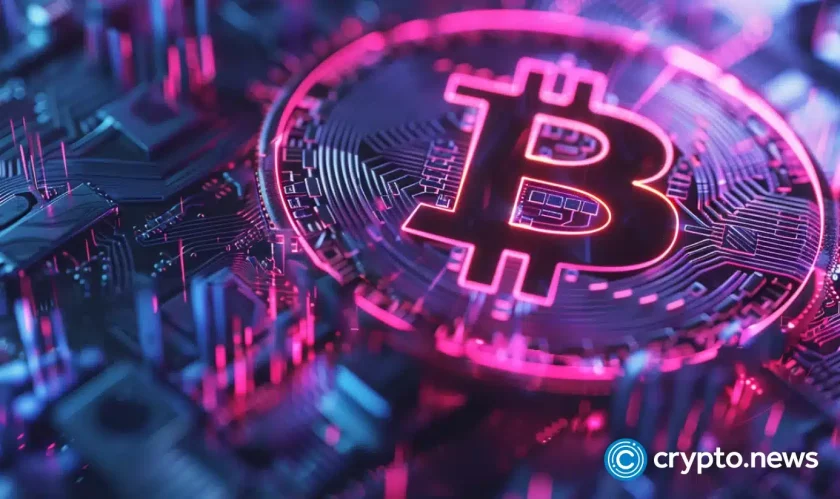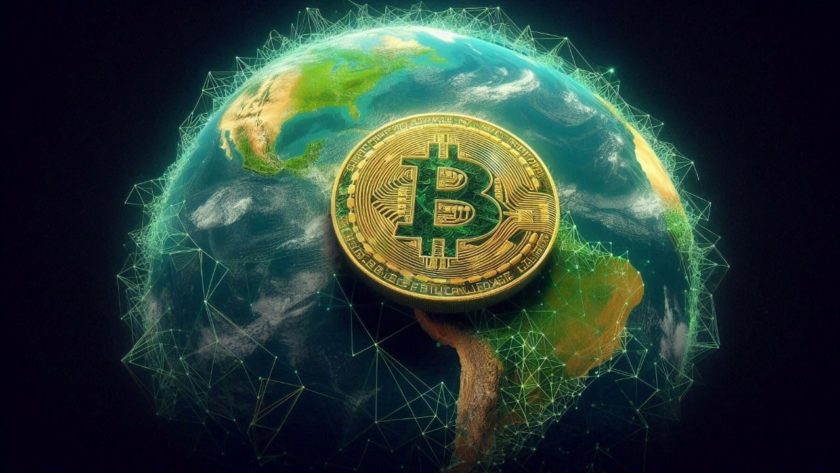In an interview shared with SuperCryptoNews, Binance delves into their future plans as the eventful 2020 year approaches an end. The world’s largest cryptocurrency exchange has had a remarkable year so far, and all eyes are certainly on Binance as the industry moves forward into 2021. Much has happened for Binance, with multiple key products being launched and with Binance’s foray into decentralized finance (DeFi).
One of the industry’s crucial drivers of change and continued innovation, Binance CEO Changpeng Zhao (CZ) reflects on the past eleven months, and what future developments we can expect from Binance, especially in Korea and Asia.
Qn: Binance achieved several business expansions in 2020. Which of the new businesses is producing the most satisfactory results?
Binance has achieved many things around all our business units. If I had to choose one business unit that stood out in particular this past year, it would be Binance Smart Chain(BSC). Our BSC whitepaper was disclosed in April and testnet was launched in May, mainnet in September.
In September, we established a $100 million BSC accelerator fund to foster a strong network of DeFi and CeFi projects that will be with BSC. The fund will also support blockchain ecosystem building and better synergize DeFi and CeFi.
We also launched multiple parallel incentives such as the “Liquidity Incentive Program” and the “BUIDL Reward Program” to financially support eligible BSC projects. To-date Binance has announced 11 projects that will receive over $850,000 funding from the accelerator funds, $10,000,000 in liquidity support and a total of 1,059 BNB in developer bonuses, which have been distributed in proportion to the gas used for their contracts. We saw many of the projects that received financial and technical support from our team go through a period of substantial growth and development improvements.
In just over a month after the launch of BSC, we saw the values in what it is offering. According to one of the statistics, BSC handled about 21% of Ethereum’s transaction size with 0.6% of the gas fee in October. This translates to 35 times savings when it comes to the costs of running the many emerging crypto protocols and solutions, including DeFi, that have launched in recent months.
Not only that, a few weeks ago, we announced ‘Binance Bridge Project’ which aims to increase interoperability between different blockchains. The project helps anyone convert their crypto assets into Binance Chain and BSC wrapped tokens and vice versa. With this, users can use their BTC, ETH, USDT or other assets in BSC DApps. Also users can maintain exposure to their Bitcoin while still participating in DeFi on BSC with this project. This project is still a part of a bigger project and Binance aims to increase even more the cross-chain liquidity between different blockchains.
Qn: COVID19 put some heavy drawbacks on some industries. Was there an impact on Binance?
The global outbreak of COVID19 affected many industries and has caused many countries to lock down. Industries like traveling, tourism, and hotels are greatly affected in the short term. However, it created opportunities for industries like medicine, healthcare, online education, VRs, etc. Luckily for Binance, COVID19 was somewhat an opportunity since with the lock downs, it gave people more time to be online and to be more active online.
However, in the middle of the crypto community growing force, we wanted to strengthen this through philanthropy. That is why Binance Charity launched a global campaign called #CryptoAgainstCOVID this March. We are making progress with this campaign. Binance ecosystem including Binance CEX and Binance Charity donated $3.3 million and other donors have contributed around $1 million, totalling $4.3 million worth of cryptocurrencies. We helped more than 20 countries around the world by purchasing and delivering more than 1.5 million personal protective equipment with this donation.
Qn: According to the recommendations of the FATF, regulations on the crypto industry have been prepared for each country. Is compliance being prepared to meet the standards of each country?
Yes, we are working with a few vendors on this, namely Ciphertrace and Shyft to address the FATF’s recommendations.
Qn: In Korea, Specified Financial Information Act(SFIA) has also been established in Korea. The foreign exchange that has Korean customers als needs to finish reporting as a business. Is it being prepared well? How is the process going?
Yes, we operate through our partner in Korea which is fully compliant with local Korean laws and regulations.
Qn: Do you think entering the regulation system is an opportunity for the crypto market? Or do you think it will lead the market to shrink?
Clearer regulations are very likely a good thing for the industry as a whole, we believe a huge component of capital still remains in the traditional (old) world, we are talking about more than 99.9% of the world’s wealth. and they are just waiting by the sidelines to enter once regulations become clearer. We have always been making preparations for this moment, to bridge the traditional world and our space.
Qn: You emphasized DeFi in 2020. I wonder why Binance paid attention to the DeFi market.
Binance’s vision is to increase the ‘freedom of money’ and we kept working toward our vision. We experiment with many new innovations and some prove to have great potential, like DeFi. DeFi ultimately will lead to the freedom of money and that is why we were interested in the DeFi market for a while now.
BSC and DeFi were one of the businesses that we were experimenting with. In April 2019, we launched Binance Chain and DEX and up until then, we did not know that DeFi will grow this fast; however, we kept developing our businesses and this year, we could keep up with DeFi trends.
Qn: How do you assess the performance of DeFi? What do you expect the next trend to be after DeFi?
I think the innovations around liquidity pools and AMM (automatic market maker), especially for stablecoin trading, we’ve seen in 2020 are very interesting. I believe this will stay for a while. DEXs are also well fitted for listing small and less mature coins, which provides a good validation ground for larger CEXs.
Binance introduced many of these DeFi innovations, such as liquidity pools and savings (interest/yield generating products). We also created the Binance Innovation Zone specifically for listing newer coins, thus providing liquidity for DeFi tokens while protecting less experienced traders from the risks in trading them. In 2021, I believe we will see more convergence on the product offerings on the CeFi front. But fundamentally, DeFi and CeFi are targeting different users. I hope both will help grow the industry. Whatever happens, we are ready to support and adopt any new DeFi innovations and trends.
Honestly, I am not sure what will be the trend next year. We have many different business lines and we will be ready whichever comes after DeFi. One of the things that the industry says that might come after DeFi is ‘NFT’. In 2021, we will see increased sophistication and adoption for NFTs, from virtual items in games to concert tickets. I believe this is an exciting new area yet to be explored and I am looking forward to seeing how these develop.
Qn: This year, Binance.KR was launched. What do you think(judge) of the performance in the Korean market?
Binance.KR is making progress and it is growing gradually. Binance.KR was ranked at 241 in August at CoinMarketCap but now (November 18th), it is ranked at 46. We now know that Binance.KR is improving and we are always experimenting on new ways to improve the user experience in regards to Binance.KR and we hope to make some announcements in the coming months.




